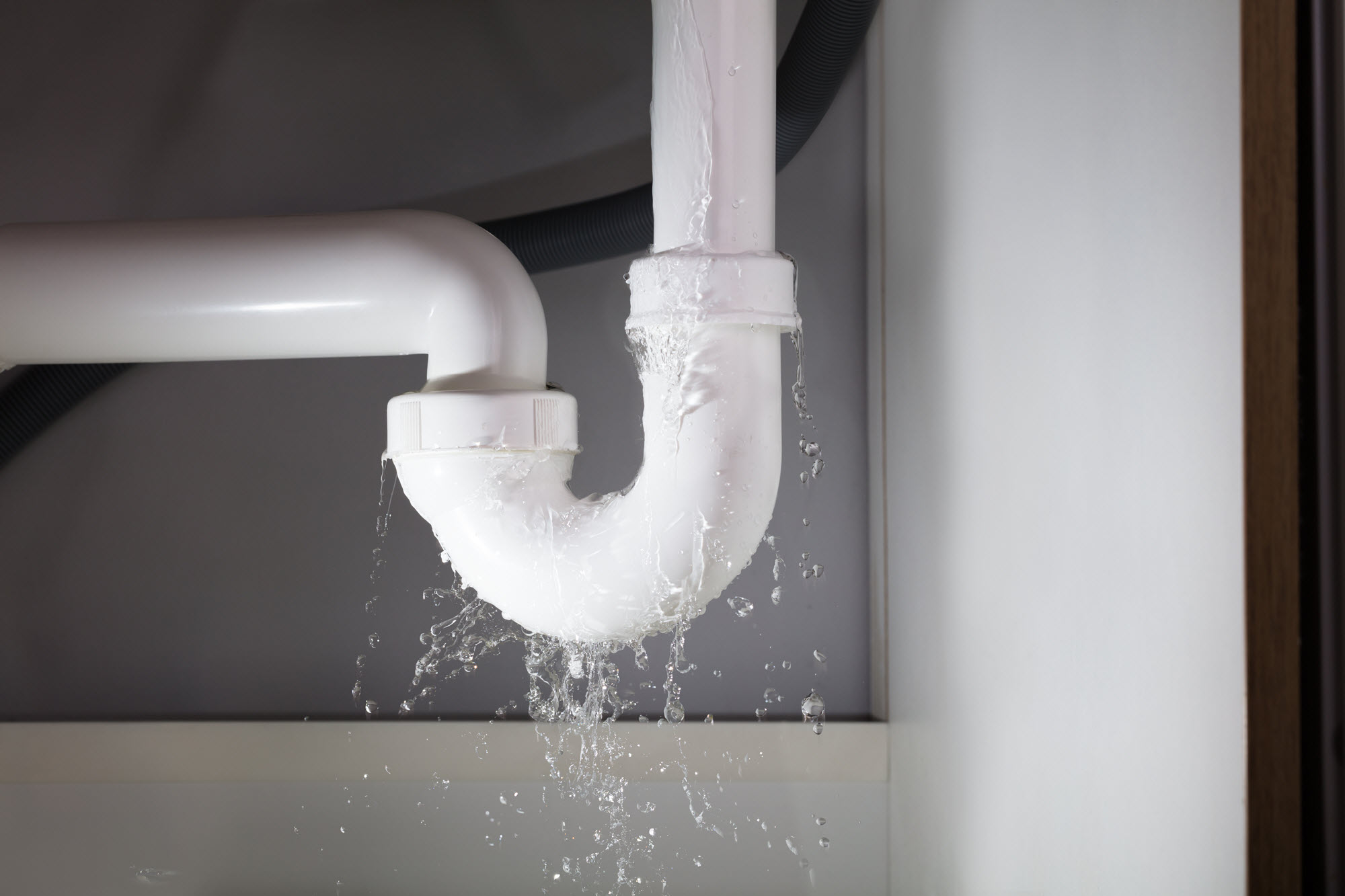
How to Get Insurance to Pay for Water Damage | Step by Step Guide
Property water damage is the most common cause of damage in the home. It is the most expensive claim, costing insurers an average of $2.5 billion per year, or about $7,000 per claim. You may think you’re safe, but what happens when an accident occurs? In reality, the road to full recovery after an accident can be long, stressful, and time-consuming. Should you like your company to cover these events, please follow these steps on how to get insurance to pay for water damage.
How to Get Insurance to Pay for Water Damage

Call your insurance agent and report the claim.
Time is of the essence when it comes to water damage.
According to FEMA, mold begins to grow within 24 to 48 hours of exposure to water.
If a water pipe burst on Friday night, don’t wait until Monday morning to let your insurance agent or company know what happened. Most companies have a 24-hour helpline to file a claim and get advice on repairing the damage.
If you can’t clean and dry the area yourself, it’s a good idea to at least hire a water damage restoration company. The insurance company may not recommend a specific water damage restoration company, but they should help you find a local company.
If the insurance agent is unavailable to speak with you when you file your claim, make sure they are available during business hours. Why is this case? An insurance agent is very different from an insurance company. It is best to let both parties know what happened in your home.
Get the water and moisture professionally cleaned up.
Often, you will need to call a water damage restoration company to remove standing water and dry it out entirely before moisture and mold spread.
The restoration company will need a particular cleaning solution to seal and dry the wet areas if mold is present.
Water restoration businesses are not all the same. Unfortunately, some will take advantage of a situation where you urgently need help. Before signing any contract or order, ask for a quote and written proof that the company is licensed and insured. Read reviews of the company online.
Ask for references from customers in your city or area.
Remember that the WD/RC Company you choose may not be the company you use to repair walls, floors, siding, ceilings, cabinets, etc.
For Water Loss, Many water damage restoration companies offer more than just water and mold removal, but that doesn’t mean they are the best choice for your needs. You should never sign a contract or accept additional work without reading the estimate and talking to at least one contractor.
Carpentry, flooring, and drywall work are usually done by qualified contractors in their field, not WD/RC.
Determine if you need to leave the home
In severe cases, water damage can make your home unsafe and unsanitary.
During severe flooding, chemicals and sewage can enter your home, which is undesirable. There is a risk of electrical shock. Mold spores can remain in the air after the water is removed.
Should you report any of the following problems, immediately contact your dealer and the WD/RC team to determine the safest course of action? If you’re traveling, most insurance policies cover the cost of hotel accommodations and even food.
However, you need to know what these costs are, how to pay them, and how to account for them (if you pay them yourself until you are reimbursed). If you eat out, make sure you have receipts.
Take photos of the damaged area and any damaged possessions.
The recovery team can take photos of the damaged areas, but you must make them yourself. You don’t want to look for these documents if you decide to leave later.
Also, take photos of any items that need to be cleaned or replaced. In the case of water damage, wet items are only part of the damage. The professional should also clean any drawers or cabinets that have mold. You may be entitled to compensation for these costs.
Most comprehensive water damage contracts do not cover water damage caused mainly by electrical appliances. For example, if a refrigerator or dishwasher leaks behind a cabinet, the insurance will cover replacing the cabinet and plaster, but not the cost of a new refrigerator or dishwasher.
Meet with your adjuster
The insurance will dispatch a surveyor. They will assess the damage and take photos and measurements. They will also ask you when and how the damage occurred. Their purpose is twofold. First, they will try to estimate the cost of repairing the damage.
Second, they will try to determine if someone was at fault. The purpose of insurance is to cover accidents. If you have a stupid accident but leave a candle burning at night and burn your house down, you may have insurance coverage even though you were at fault.
The same principle applies to water damage. If you install the toilet yourself (incorrectly or negligently) and water runs off the roof, you will receive the coverage.
But if the other party is at fault, it’s in the insurer’s best interest to investigate.
Let’s say you didn’t install the wrong toilet, but a licensed plumber did.
In this case, the inspector and insurer can seek compensation from the “underinsured” – your insurer.
The same is true for faulty installations. The insurer can seek compensation from the manufacturer of the defective washing machine. This is good news for you, as you won’t have to pay any out-of-pocket costs if your claim is successful.
Understand your loss settlement ACV vs. replacement cost
After assessing the damage, the adjuster will provide you with a written estimate of the likely cost of repairing the damage. They may prepare a list of work you need to do and materials (drywall, paint, insulating mortar, siding, etc.).
Depending on the extent of the damage, he may also send you a check for all or part of the damage so that reconstruction can begin. True. However, be ready to hear that the amount requested may be a little low. If the contract does not state “replacement value,” the total estimated value is based on the actual cash value or the replacement value.
The ACV represents the actual value of the property.
Not the amount you paid when you bought it or the replacement cost of the property. For example, if you bought a new closet 15 years ago for $20,000
You would receive $20,000 as a loss, minus depreciation. In some cases, insurers consider a “capital cost allowance.”
This means that if you can prove that you spent all your money on the repair and paid the deductible amount, you will be reimbursed for the amount deducted from the depreciation. Why do insurers pay this way? This is also to ensure that you use the funds correctly.
We have had several homeowners who, after filing water damage claim it turned to Las Vegas because they could not pay for the alleged damage. Alternatively, they may have used the entire amount to renovate part of their home and replace the linoleum with Brazilian hardwood.
The claims administrator must make sure you receive total and fair compensation.
Step Meet with several contractors.
After draining water and removing mold, we repair and restore damaged areas. For smaller projects, meeting with several contractors may not be as important.
After all, the difference of a few hundred dollars may not be worth the time it takes to contact, talk to, and visit different professionals. The insurance company won’t tell you who to choose. You need to research the contractor, make sure he is properly licensed and insured, and compare his rating with the requirements set by the regulator.
Interviewing more than one contractor also has the advantage if you think a contractor’s bid is too low. You can prove that more than one expert agrees with it.
Frequently Asked Questions
How to File an Insurance Claim for Water Damage?
If you discover water damage, photograph the scene and contact the insurance company as soon as possible. If your coverage covers water damage, you will need to pay a co-payment of an application fee. Remember that water damage comes from specific events, such as storms, floods, sewer overflows, and pool leaks are. The insurance doesn’t cover these events.
When does Homeowners Insurance Cover Mold?
- If mold is caused by water damage associated with a public hazard, it is covered by property insurance.
- For example, mold appears by a broken pipe or an overloaded air conditioner.
- It is water damage, and the insurer will cover all or part of the cost of removing the mold.
- Most policies cover up to $5,000 for mold removal, but some cover $1,000 to $10,000.
- You can also purchase mold insurance.
Damage caused by mold is usually covered unless there is poor maintenance or neglect.
If a pipe in your home leaks for months and you don’t do the repairs, mold may appear. However, insurance doesn’t cover these types of facts. Water damage can also cause mold, so if you have water damage insurance, mold caused by water damage is covered by your water damage insurance.
If you claim mold damage, the insurer will evaluate and determine the cause of the damage. If you live in a humid state like Florida or Louisiana, this can be not easy. But you may want to use fans and vents to reduce moisture outside and near appliances.
Pay attention to the maintenance and care of your home, especially basements and bathrooms, because that’s where mold grows best. Cleaning the area after spills and leaks can also help prevent decay.



